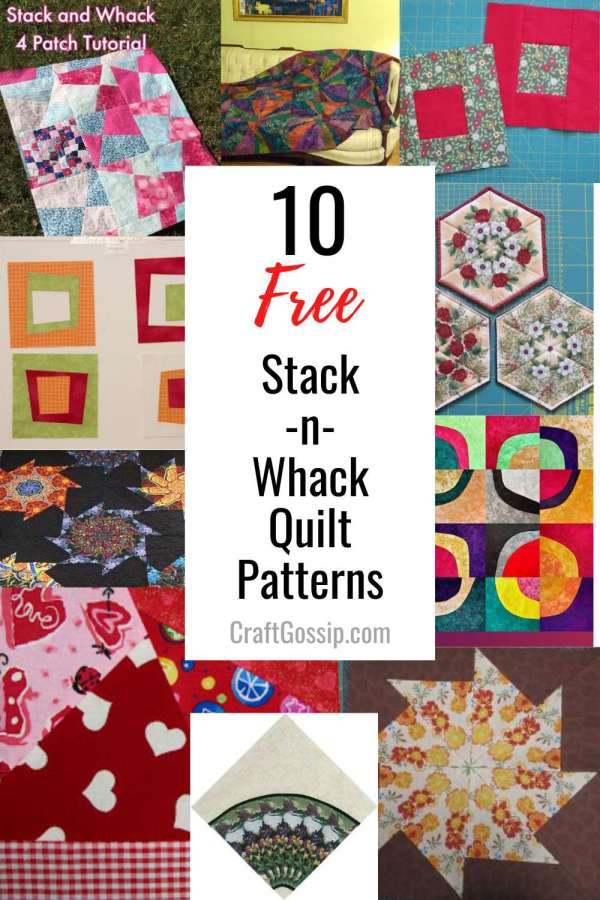
Stack-n-whack quilt making is a unique and fun way to create a quilt. The technique involves stacking fabric, cutting it into shapes and then rearranging them to create a new design. It’s easy and quick to do, and there are many different patterns you can try. Whether you’re a beginner or an experienced quilter, stack-n-whack is a great way to add variety to your quilting projects. If you’re interested in giving it a try, here are ten free ideas to get you started! With these fun and creative patterns, you can make a stack-n-whack quilt in no time.
Leah Day’s Four Patch Stack-n-Whack Quilt Tutorial: Leah Day shares her unique take on the stack-n-whack technique by using it to create a four patch block. Learn how to create a beautiful and intricate design with just a few simple steps.
Ms. Elaineous’ Stack-n-Whack Crazy Quilt Block: Ms. Elaineous brings a unique and creative spin to the stack-n-whack method with her stack-n-whack crazy quilt block. See how to take your quilting to the next level with this exciting technique.
Smoky Bear Creek Retreats’ Kaleidoscope Stack-n-Whack Quilt Tutorial: Create a stunning kaleidoscope effect with the help of Smoky Bear Creek Retreats’ tutorial. With clear instructions and detailed illustrations, you’ll have your own beautiful quilt in no time.
Connecting Threads’ Stack-n-Whack Kaleidoscope Method: Connecting Threads offers a unique approach to the stack-n-whack technique, showing you how to achieve a mesmerizing kaleidoscope effect. Get ready to create a work of art that will be treasured for years to come.
Cluck Cluck Sew’s Geometric Stack-n-Whack Block: Cluck Cluck Sew showcases a beautiful geometric block made using the stack-n-whack method. This tutorial is perfect for quilters of all levels, so be sure to give it a try.
Geta’s Quilting Studio’s Stack-n-Whack Holiday Trivets: Get into the holiday spirit with Geta’s Quilting Studio’s stack-n-whack holiday trivets. These beautiful and functional trivets are the perfect addition to your holiday decor.
From the Blue Chair’s Modern Stack-n-Whack Quilt: From the Blue Chair offers a modern take on the stack-n-whack technique, showing you how to create a beautiful quilt with a stylish and contemporary look.
Teresa Down Under’s Stack-n-Whack Curves Tutorial: Teresa Down Under teaches you how to create curves with the stack-n-whack technique. This tutorial is a must-read for anyone looking to add some extra dimension to their quilting projects.
Bethany Reynolds’ Fan Block Stack-n-Whack Tutorial: Bethany Reynolds showcases a beautiful fan block made using the stack-n-whack method. With her clear instructions and helpful tips, you’ll have a stunning new quilt in no time.
Busy Bee No. 16’s Starburst Stack-n-Whack Technique: Busy Bee No. 16 offers a unique and beautiful result with their stack-n-whack technique, resulting in a lovely starburst design. Get ready to be amazed by the incredible outcome of this method.
Stack-n-whack is a quilt-making technique that involves stacking fabric layers and cutting them into specific shapes, then sewing them back together to create a unique design.
The origin of this technique can be traced back to a book by Bethany Reynolds called “Stack the Deck: A New Twist on Strip Quilting” published in 1990. The method gained popularity due to its ease of use and ability to create intricate designs with little effort.
In stack-n-whack quilting, fabric pieces are stacked on top of one another, cut into specific shapes, and then sewn back together to create a unique design. The technique allows for the easy creation of complex, optical illusion designs with minimal effort, making it a popular choice among quilters.

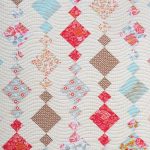



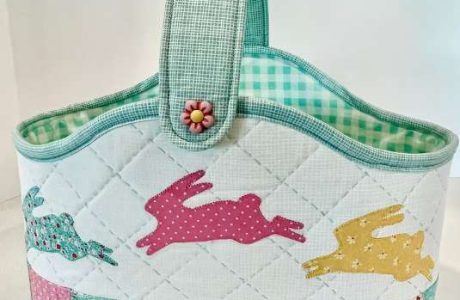
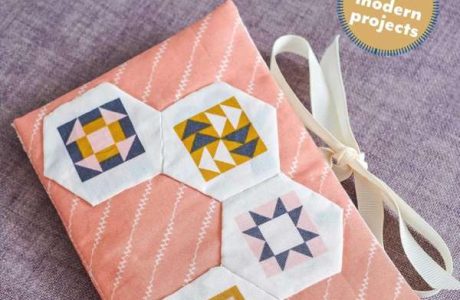
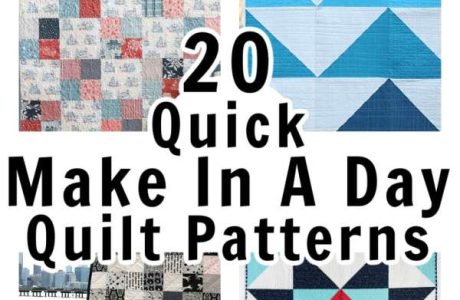
I was disappointed. The term “stack ‘n whack” has been confused with “stack ‘n slash”. If you search Bethany Reynolds information, you will see that Stack ‘n Whack is not simply stacking several squares, slashing across them, moving 1 top piece to the bottom and repeating. It is the process of matching up several repeats of a print so that they align perfectly and then cutting the entire stack so that each set of pieces is identical. Only 4 of the photos from your booklet cover meet that.